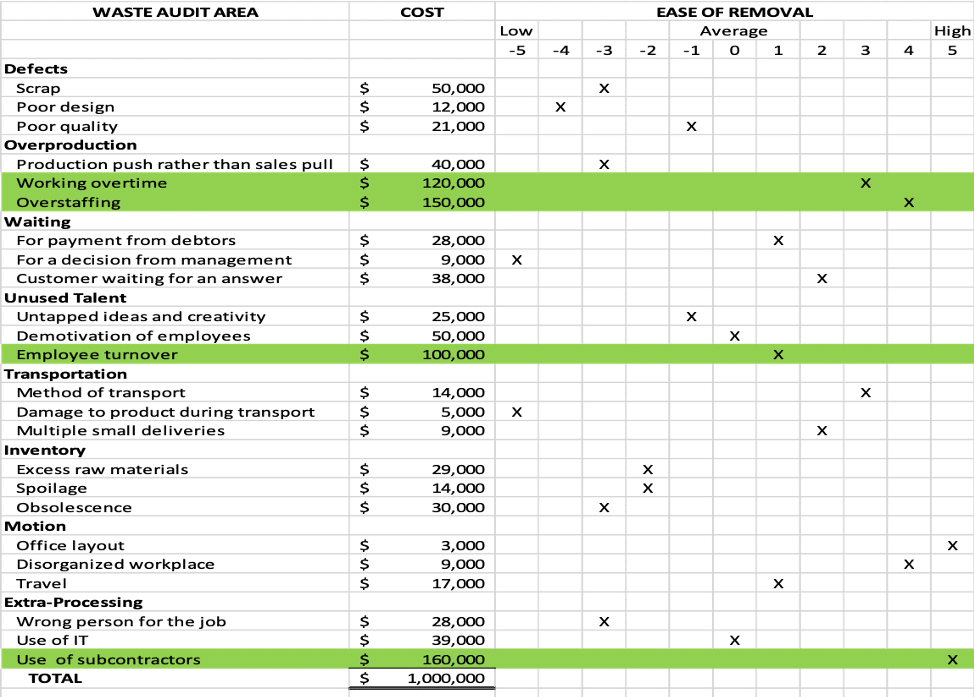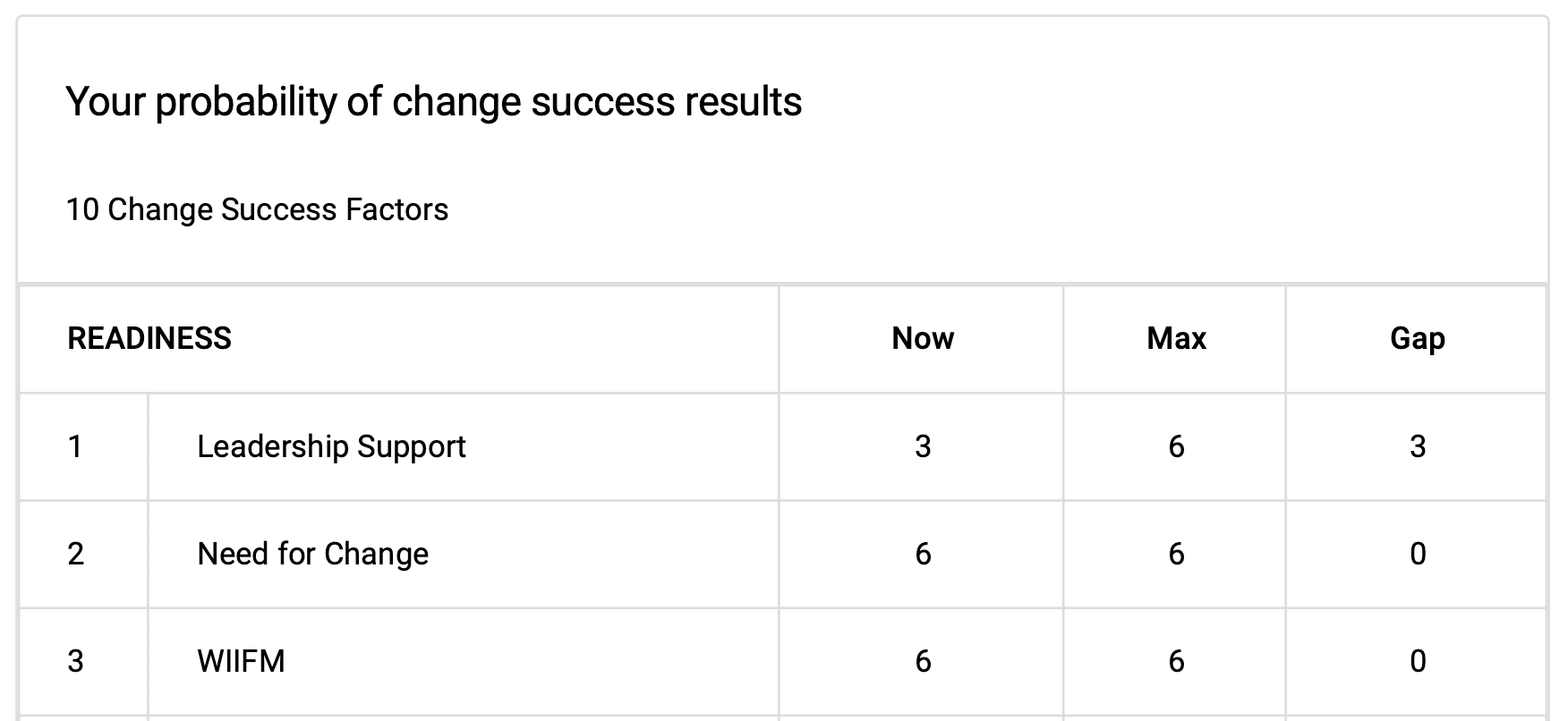The Consolidated Appropriations Act of 2021 (the CAA 2021) signed into law on December 27, 2020, is a further legislative response to the coronavirus (COVID-19) pandemic. The CAA 2021 include-along with spending and other non-tax provisions, and tax provisions primarily affecting individuals-the numerous business tax provisions briefly summarized below. The provisions are found in two of the several acts included in the CAA 2021, specifically, (1) the Taxpayer Certainty and Disaster Tax Relief Act of 2020 (the TCDTR) and (2) the COVID-related Tax Relief Act of 2020 (the COVIDTRA).
Tax provisions made permanent (without other changes)
The TCDTR makes permanent without other changes (1) the railroad track maintenance credit and (2) the exclusion of the aging period in determining the mandatory interest capitalization period in producing beer, wine or distilled spirits,
Tax provisions extended (without other changes)
The TCDTR extends the following tax credits without other changes: (1) the new markets tax credit, (2) the work opportunity credit, (3) the employer credit for paid family and medical leave that was provided by the 2017 Tax Cuts and Jobs Act (2017 TCJA), (4) the carbon sequestration credit, (5) the business energy credit (the “Code Sec. 48 credit”) both as regards termination dates and phase-downs of credit amounts, (6) the credit for electricity produced from renewable resources (the “Code Sec. 45 credit”) and the election to claim the Code Sec. 48 credit instead for certain facilities (but the phase-down of the amount of the Code Sec. 45 credit for wind facilities isn’t deferred), (7) the Indian employment credit, (8) the mine rescue team training credit, (9) the American Samoa development credit, (10) the second generation biofuel producer credit, (11) the qualified fuel cell motor vehicle credit as applied to businesses, (12) the alternative fuel refueling property credit as applied to businesses, (13) the two-wheeled plug-in electric vehicle credit as applied to businesses, (14) the credit for production from Indian coal facilities, and (15) the energy efficient homes credit.
Additional provisions extended by the TCDTR without other changes are the following:,(1) the exclusion from employee income of certain employer payments of student loans, (2) the 3-year recovery period for certain racehorses, (3) favorable cost recovery rules for business property on Indian reservations, (4) the 7-year recovery period for motor sports entertainment complexes, (5) expensing for film, television and live theatrical productions, (6) empowerment zone tax incentives except for the increased section 179 expensing for qualifying property and the deferral of capital gain for dispositions of qualifying assets, and (7) the exclusion from being personal holding company income for certain payments or accruals of dividends, interest, rents, and royalties from a related person that is a controlled foreign corporation.
Energy provisions
The TCDTR makes changes to energy provisions in addition to making them permanent or extending them.
The TCDTR adds “waste energy recovery property” to the types of property that qualify for the Code Sec. 48 credit (above). And the credit rate assigned is 30%. “Waste energy recovery property” is property (1) the construction of which begins before 2024, (2) that has a capacity of no more than 50 megawatts, and (3) generates electricity solely from heat from buildings or equipment if the primary purpose of that building or equipment isn’t the generation of electricity. But it doesn’t include property eligible for the Code. Sec. 48 credit for cogeneration property unless the taxpayer doesn’t take the Code Sec. 48 credit for that property.
For wind facilities that are “qualified offshore wind facilities” the TCDTR relaxes the rules under which wind facilities that are eligible for the Code Sec. 45 credit can, by election (see above), be eligible instead for the Code Sec. 48 credit.
The TCDTR makes permanent the energy efficient commercial buildings deduction. Additionally, the TCDTR indexes for inflation the per-square-foot dollar caps on the full and partial versions of the deduction. And the TCDTR provides that to the extent that deductibility depends on specified recognized energy efficient standards, the referred-to standards will be standards issued within two years of construction (rather than the standards bearing now-stale dates that applied under pre-TCDTR law).
Clarifications of tax consequences of PPP loan forgiveness
The COVIDTRA clarifies that the non-taxable treatment of Payroll Protection Program (PPP) loan forgiveness that was provided by the 2020 CARES Act also applies to certain other forgiven obligations.
Also, the COVIDTRA clarifies that taxpayers whose PPP loans or other obligations are forgiven as described above are allowed deductions for otherwise deductible expenses paid with the proceeds and that the tax basis and other attributes of the borrower’s assets won’t be reduced as a result of the forgiveness.
Waiver of information reporting for PPP loan forgiveness
The COVIDTRA allows IRS to waive information reporting requirements for any amount excluded from income under the exclusion-from-income rule for forgiveness of PPP loans or other specified obligations. Note: IRS had already waived, before enactment of the COVIDTRA, information returns and payee statements for loans guaranteed by the Small Business Administration under section 7(a)(36) of the Small Business Act.
Extensions and modifications of earlier payroll tax relief
The TCDTR extends the CARES Act credit, allowed against the employer portion of the Social Security (OASDI) payroll tax or of the Railroad Retirement tax, for qualified wages paid to employees during the COVID-19 crisis. Under the extension, qualified wages must be paid before July 1, 2021 (instead of January 1, 2021). Additionally, beginning on January 1, 2021, the credit rate is increased from 50% to 70% of qualified wages and qualified wages are increased from $10,000 for the year to $10,000 per quarter. Many other rules are also relaxed. And the TCDTR makes some retroactive clarifications and technical improvements to the credit as initially enacted.
The COVIDTRA extends (1) the credits provided by the Families First Coronavirus Response Act (FFCRA) against the employer portion of OASDI and Railroad Retirement taxes for qualifying sick and family paid leave and (2) the equivalent FFCRA-provided credits for the self-employed against the self-employment tax. Under the extension of the employer credits, wages taken into account are those paid before April 1, 2021 (instead of January 1, 2021). Under the extension of the credits for the self employed, the days taken into account are those before April 1, 2021 (instead of January 1, 2021).
The COVIDTRA also makes retroactive clarifications of (1) the employer (but not self-employed equivalent) FFCRA paid leave credits that were extended as discussed above, (2) the exclusion of qualifying paid leave in calculating the employer portion of Railroad Retirement taxes and (3) and the increase in the amount of the FFRCA paid leave credits against the employer portion of Railroad Retirement taxes by the amount of the Medicare payroll taxes on qualifying paid leave.
Additionally, the COVIDTRA directs IRS to extend the Presidentially ordered deferral of the employee’s share of OASDI and Railroad Retirement taxes. As first provided by IRS, the deferral was of taxes to be withheld and paid on wages and other compensation (up to $4,000 every two weeks) paid in the period from September 1, 2020 to December 31, 2020 so that the taxes were instead withheld and paid ratably in the period from January 1, 2021 to April 30, 2021. Under the deferral, the period over which the deferred-from-2020 taxes are ratably withheld and paid is extended to all of 2021 (instead of the four month period ending on April 30, 2021).
Employee benefits and deferred compensation
The TCDTR provides that expenses for business-related food and beverages provided by a restaurant are fully deductible through 2022 instead of being subject to the 50% limit that generally applies to business meals.
The TCDTR temporarily allows (1) carryovers and relaxed grace period rules for unused flexible spending arrangement (FSA) amounts, whether in a health FSA or a dependent care FSA, (2) the raising of the maximum eligibility age of a dependent under a dependent care FSA from 12 to 13 and (3) prospective changes in election limits set forth by a plan (subject to the applicable limits under the Code).
With a view to layoffs in the current economic climate, the TCDTR relaxes rules that would otherwise cause a partial qualified retirement plan termination if the number of active participants decreases.
Because of market volatility during the Covid-19 pandemic, the COVIDTRA relaxes, if certain conditions are met, the funding standards that if met allow a defined benefit pension plan to transfer funds to a retiree health benefits account or retiree life insurance account within the plan.
The CARES Act’s relaxed rules for “coronavirus-related distributions” are retroactively amended by the COVIDTRA to additionally provide that a coronavirus-related distribution that is a during-employment withdrawal from a money purchase pension plan meets the distribution requirements of Code Sec. 401(a).
And under a provision of narrow applicability, the TCDTR lowers to 55 years from the usually applicable 59 1/2 years the age at which certain employees in the building or construction trades can, though still employed, receive pension plan payments under certain multiple employer plans without affecting the status of trusts that are part of the pension plans as qualified trusts.
Residential real estate depreciation
For tax years beginning after December 31, 2017, the TCDTR assigns a 30-year ADS depreciation period to residential rental property even though it was placed in service before January 1, 2018 (when the 2017 TCJA first applied the more-favorable 30 year period) if the property (1) is held by a real property trade or business electing out of the limitation on business interest deductions and (2) before January 1, 2018 wasn’t subject to the ADS.
Farmers’ net operating losses
The COVIDTRA allows farmers who had in place a two-year net operating loss carryback before the CARES Act to elect to retain that two-year carryback rather than claim the five-year carryback provided in the CARES Act. It also allows farmers who before the Cares Act waived the carryback of a net operating loss to revoke the waiver.
Low-income housing credit
The TCDTR provides a 4% per year credit floor for buildings that aren’t eligible for the 9% per-year credit floor. (Both floors are alternatives to the calculation under which the per-year credit is generally a percentage, prescribed by IRS, that is intended to result in a credit that, in the aggregate over the 10-year credit period, has a present value of 70% of the qualified basis for certain new buildings and 30% of the qualified basis for certain other buildings.)
Life insurance
The TCDTR changes the interest rate assumptions that determine whether a contract meets the cash value and premium caps for qualifying as a life insurance contract. The change is to designated floating rates from the respective 4% and 6% rates fixed by prior law.
Disaster relief
The TCDTR includes several provisions targeted at “qualified disaster areas,” some of which affect individuals and some which affect businesses as described below. “Qualified disaster areas” are areas for which a major disaster was Presidentially declared during the period beginning on January 1, 2020 and ending 60 days after the day of enactment of the TCDTR. The incidence period of the disaster must begin after December 27, 2019 but not after the day of enactment of the TCDTR. Excluded are areas for which a major disaster was declared only because of COVID-19.
The relief includes relief for retirement funds that consists of the following: (1) waiver of the 10% early withdrawal penalty for up to $100,000 of certain withdrawals by individuals living in a qualified disaster area and that have suffered economic loss because of the disaster (qualified individuals), (2) a right to re-contribute to a plan distributions that were intended for home purchase but not used because of a qualified disaster, and (3) relaxed plan loan rules for qualified individuals. Changes to plan amendment rules facilitate the relief.
The relief also provides to employers in the harder-hit parts of a qualified disaster area an up-to-$2,400-per-employee employee retention credit, subject to coordination with certain other employer tax credits. Generally, tax-exempt organizations can enjoy the credit by taking it as a credit against FICA taxes.
Corporations are provided with relaxed charitable deduction rules for qualified-disaster-related contributions, and individuals are provided with relaxed loss allowance rules for qualified-disaster-related casualty.
The low income housing credit is modified to allow, subject to various limitations, increases in the state-wide credit ceilings to the extent allocations are made to harder-hit parts of qualified disaster areas.
Excise taxes
The TCDTR makes various excise tax changes for beer, wine and distilled spirits. The TCDTR also provides that the temporary increase in the Black Lung Disability Trust Fund tax won’t apply to coal sales after 2021 (instead of after 2020). And the end of the liability imposed because of the Oil Spill Liability Trust Fund Rate is deferred until after 2025. Additionally, the alternative fuels credit against the diesel and special motor fuels tax is extended.
To discuss any questions you may have, please contact a member of your engagement team or reach out to us via our website.
© 2021 Thomson Reuters/Tax & Accounting. All Rights Reserved.


















